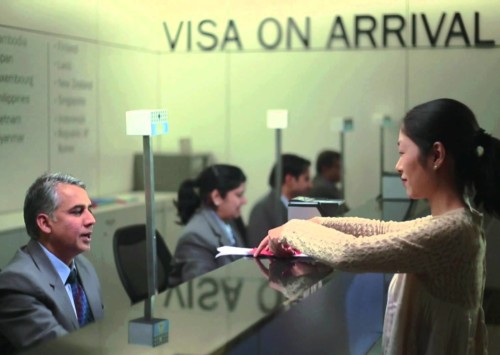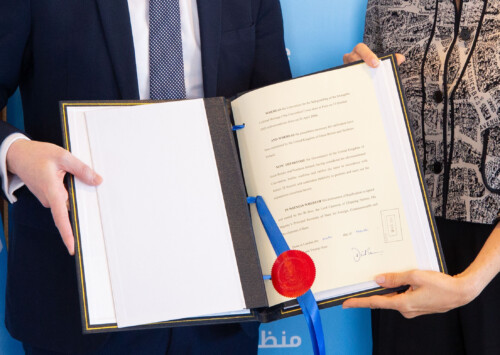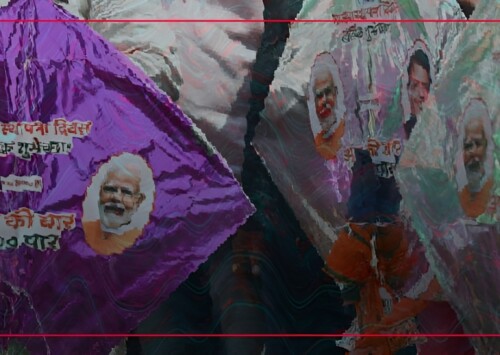Myanmar President Htin Kyaw’s first State visit to India
Myanmar President Htin Kyaw’s four-day visit to India can propel the bilateral strategic, political, economic and cultural ties to a new high, coming as it does, at the start of a crucial transition of Myanmar towards democracy after decades of military rule. Leaders of both the countries will focus notably on border management issues and militant activities along the India’s North Eastern region bordering Myanmar. India’s Manipur and Nagaland had territorial encroachment issues with Myanmar. Besides, Myanmar serves a gateway for India to connect with the South East Asian region, an important partner for India.
Myanmar’s democratic phase is supposed to strengthen relations with India. The current visit of President Htin Kyaw has to play a vital role in bolstering strategic, trade and investment between the two nations.
Myanmar has close ties culturally and historically and more importantly strategically and geographically with India. India’s “Act East Policy” is partly aimed at enhancing bilateral relations between the two nations. Due to poor connectivity and distance from its ports, India’s North East region lags behind other parts of the country in development. The region would benefit immensely by closer ties with ASEAN (Association of Southeast Asian Nations), thanks to increased trade and investment once connectivity with the South East Asian countries is established through Myanmar.
Indian Prime minister Narendra Modi’s government initiated connectivity through Myanmar and Thailand with other ASEAN countries. In November last year, at the Kuala Lumpur summit of ASEAN, India committed USD 1 billion in order to promote connectivity with the ASEAN countries. India also renewed its commitment to complete the 3,200 km India-ASEAN trilateral highway. The Regional Comprehensive Economic Partnership (RCEP) between India and the ASEAN countries will expand India’s trade and investment circle in the Indian Ocean region. The Free Trade agreement between India and ASEAN countries will also boost trade and investment in the region and Myanmar is part of the equation.
Countering Growing Chinese presence in Myanmar
Besides establishing better access to ASEAN and improving its ties with the members, India’s Myanmar strategy is also focused on countering China’s increasing footprint in its neighbourhood. Myanmar shares extensive border, over 1640 km long, with India’s north-eastern region, which has been hit by insurgency and India is keen to ensure that China does not fish in its troubled waters.
This explains partially the keenness of the Indian government to engage with Myanmar in an increasing manner as both the countries aim at developing people to people contact, exchange of goods and services and proceed towards deeper ties. India has pledged to cooperate with Myanmar in developing its agriculture, banking, power and energy sectors.
Among India’s big development projects with Myanmar are the Kaladan project, India-Myanmar-Thailand Trilateral Highway; Myanmar Institute of Information Technology; Advanced Centre of Agricultural Research and Education; as well as smaller projects in health, education and industrial training sector.
The two operational agreements signed during the President’s visit to India will facilitate the construction and upgrading of 69 bridges and the Kalewa-Yargi road section of the Trilateral Highway Project. India-Myanmar’s Memorandum of Understanding in Renewable Energy, traditional system of medicine and supplying power to Tamu in Myanmar is also an important pact between the two nations.










